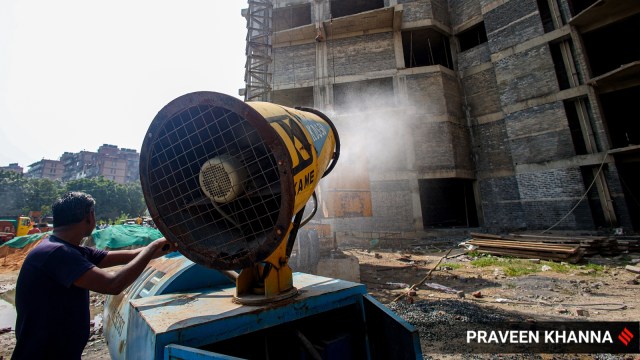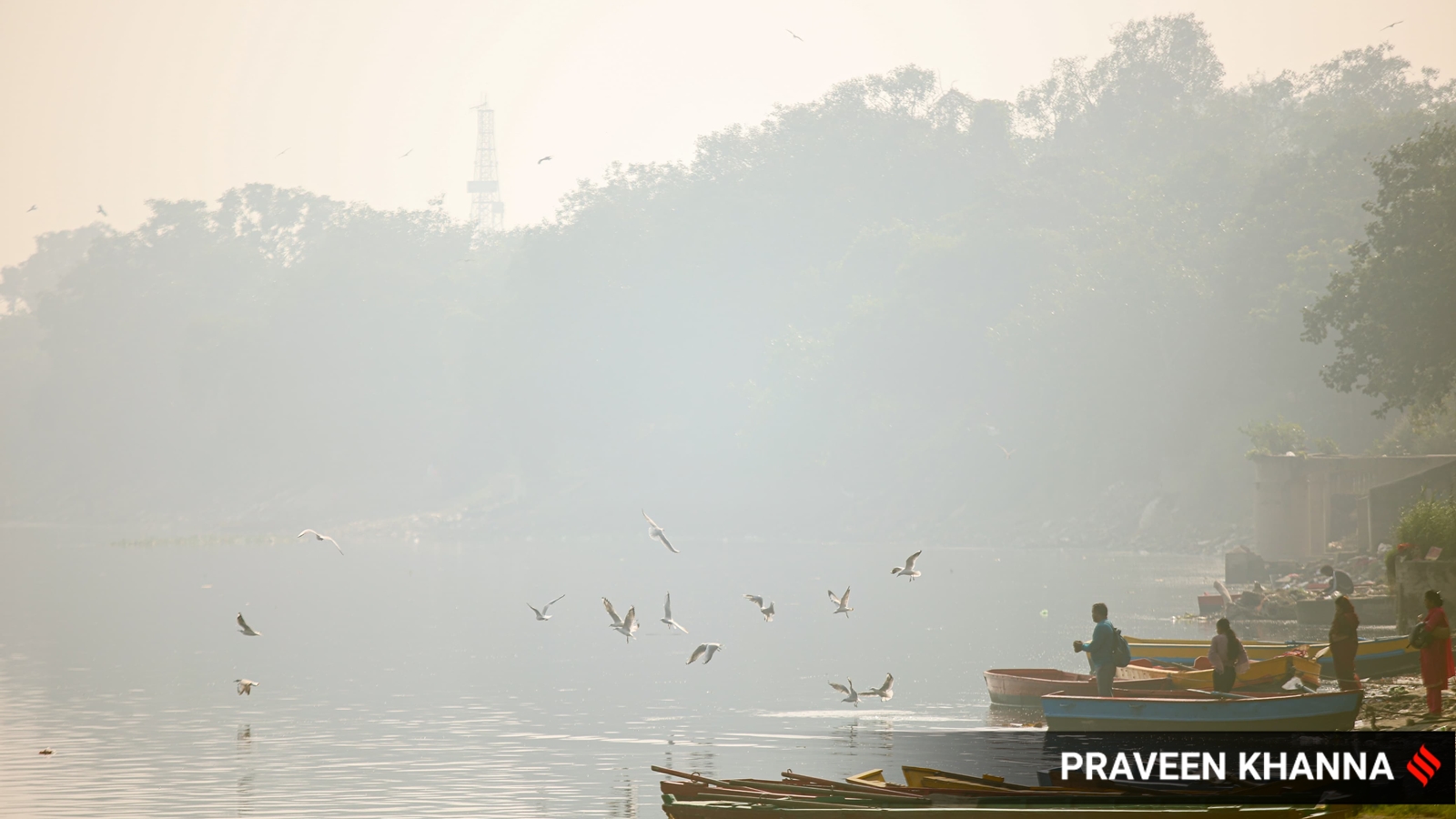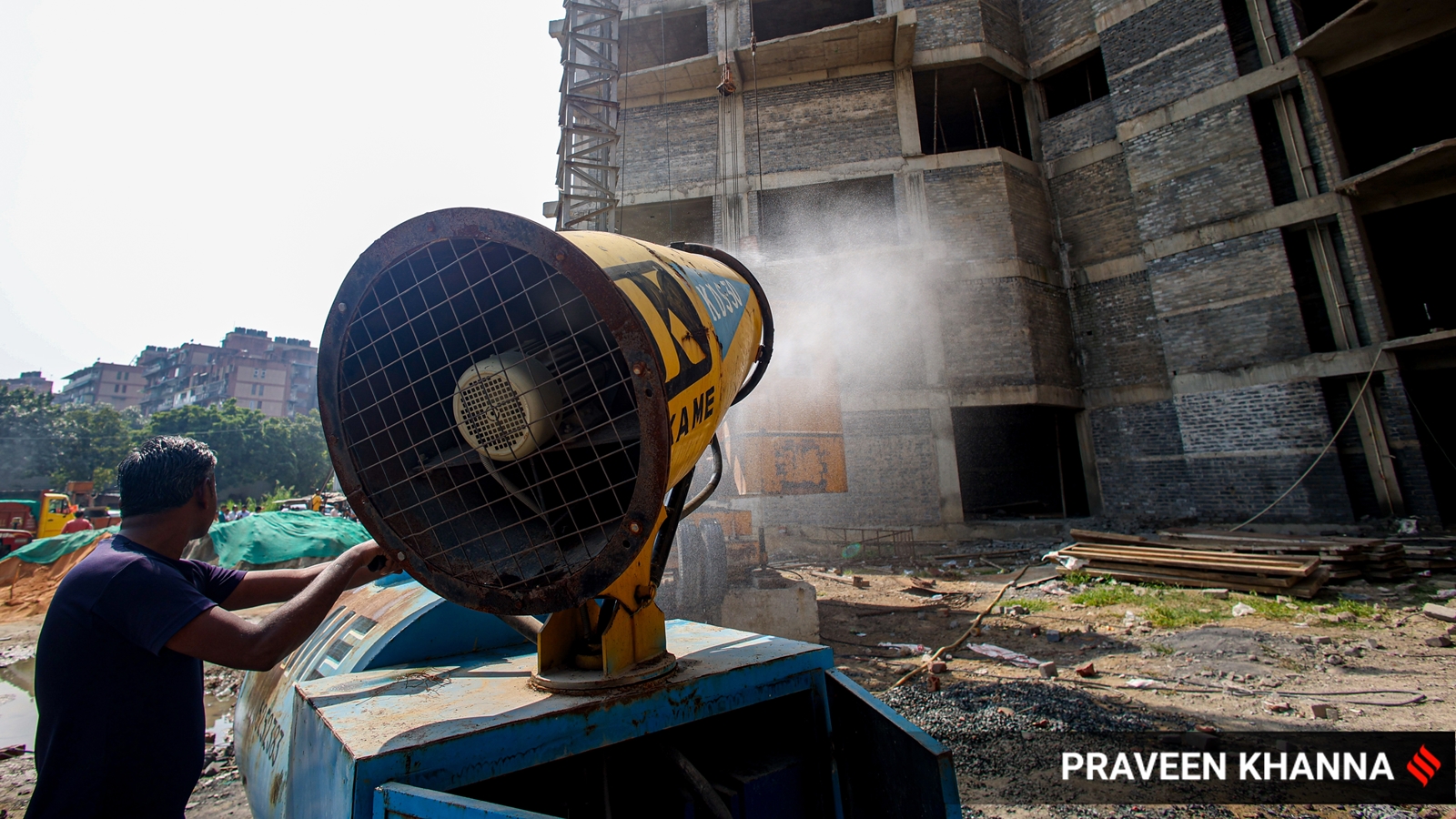
Dear Readers
The emergency-oriented approaches to address Delhi’s pollution crisis – most of them taken in a haphazard and faltering manner — evoke a distinct sense of déjà vu. It’s become a ritual of sorts for the courts to admonish the Centre and state governments for their failures. The punitive measures that follow in the wake of court orders also seem a virtual replay of past years. This year too, governments in Delhi’s neighbourhood, Haryana and Punjab, claim to have clamped down on farmers who set crop stubble on fire and initiated action against officials who are lax with enforcement. The futility of an approach centred on bans and penalties appears to be lost on all authorities.
Global studies and reports regularly place Delhi amongst the top polluted cities in the world. But what’s important to realise is that most other parts of the country also carry a high pollution load. The question then is why the country lacks an institutional mechanism to join the dots between activities that contribute to the smog. There is no dearth of environmental regulatory agencies. States have their pollution management boards (SCB) under the aegis of the Central Pollution Control Board (CPCB). The Commission for Air Quality Management (CAQM) has a broader mandate. The trouble, however, is that these agencies continue to operate in silos.
The problem also is the failure to acknowledge that clean air and water is much more than an environmental issue. Poor air and water, as a wealth of scholarship has shown, reduce the quality of people’s lives. The Supreme Court is, therefore, spot on in linking the right to live in a pollution-free milieu with Article 21—the Right to Life. Jurisprudence today, in fact, is ahead of the country’s Clean Air Act that only makes a sketchy connection between health and the environment.
Also the economy
Yet, there is another equally critical joining of dots that is begging for attention. The link between ecology and economy does find a mention in policy documents. But the failure to resolve Delhi’s pollution crisis is a stark reminder that such connections are made only on paper. For at least a decade, the onset of the smog over Delhi precipitates a facile binary – between the crop residue burning farmer and the choking NCR resident. This villainising of the agriculturist, at times even by the judiciary, has gone on despite studies underlining reasons for farms being set on fire after the harvest — delayed sowing because of water conservation laws and the consequent shrinking of time between harvest and the next planting. The policymakers’ failure to account for the constraints that push farmers to resort to this ecologically harmful measure results, at best, in promoting top-down solutions, including technologies like happy seeders which don’t get much traction on the ground. At worst, it leads to stringent fines and punishment.

Agronomists and ecologists have suggested solutions that range from governments subsidising the opportunity costs of stubble burning to bearing costs of manual harvesting that would obviate farm fires. Yet, why is it that agencies such as the CAQM function, at best, as firefighters? Why is there no institutional mechanism that draws the governments of Delhi and its neighbouring states, farmers representatives, academics, environmentalists, health scientists and agricultural extension departments onto one platform, early in the sowing season? Surely by now, it’s no rocket science that pollution mitigation would require all these actors to put their heads together.
Where’s the political will?
It has also been evident for some time now that the quality of Delhi-NCR’s air is a result of the interplay between the region’s geographical location, the economic and lifestyle choices of residents, discharge from tailpipes of vehicles, industrial and construction emissions as well as activities in Punjab, Haryana and Western Uttar Pradesh. Like in the case of stubble burning, the problem is complex and does not have easy solutions. That’s why an agency like the CAQM should be more than a regulatory or enforcing body. It needs to pool in diverse voices.
At a broader level, the failure to address pollution also reflects a democratic deficit – in most parts of the country, emasculated municipal agencies seem to have neither the will nor the expertise to take on a challenge that affects people’s health and livelihoods. In the country’s capital, the matter gets compounded because at most times, the Centre’s representative, the LG, is at loggerheads with Delhi’s elected government. But this is not just about administrative bottlenecks. It’s unfortunate that despite the capital having good air days that can be counted on fingers, pollution is never an election issue.
Here’s hoping for a change, not just in the direction of winds, but also in political action to drive the smog away.
Happy Diwali
Kaushik Das Gupta



